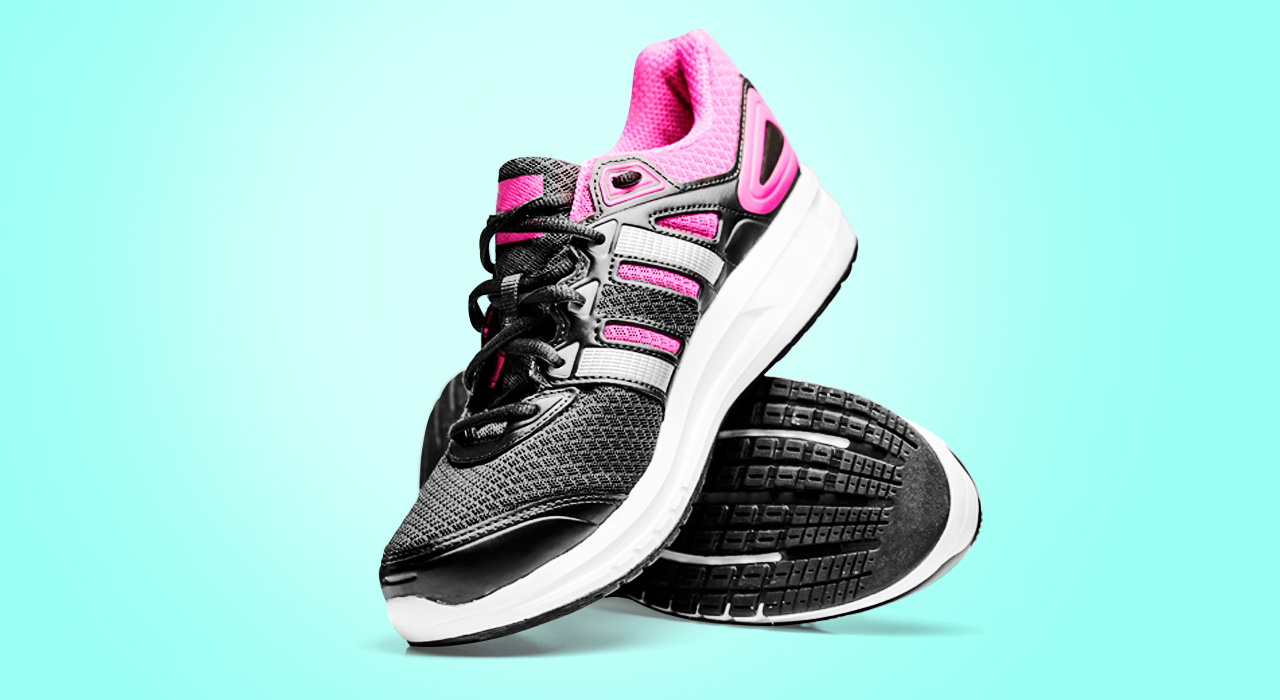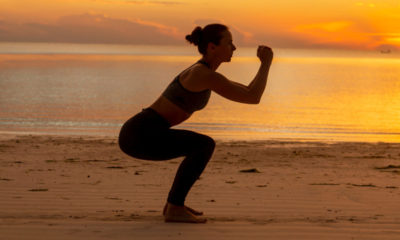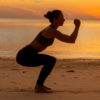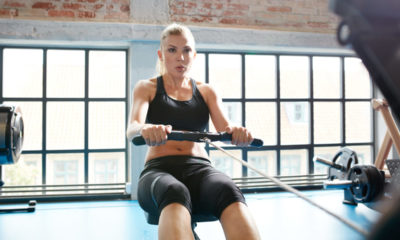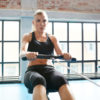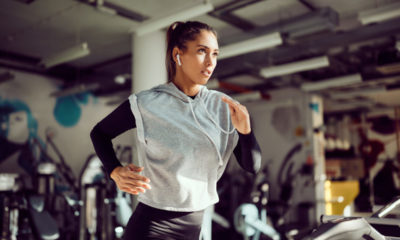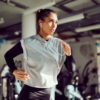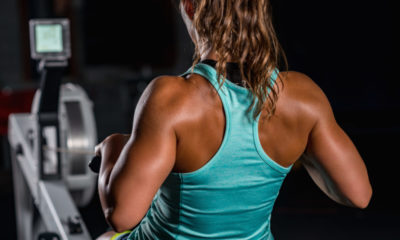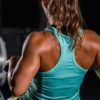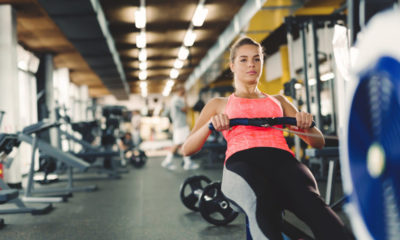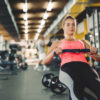Fitness
Your Essential Gym Footwear Guide
The sportswear industry is a multi-million-pound giant with fitness fans spending hundreds of pounds every year on the latest gym wear. Footwear in particular is a source of phenomenal spending, something big brands are keen to encourage through savvy marketing campaigns promising everything from improved performance to comfort during even the toughest of training sessions.
However, aren’t all trainers pretty much the same? In fact, aren’t there times when going trainer free at the gym is the best path to success?
Being footwear free can be incredibly liberating and some exercises such as Pilates and yoga call for bare feet, however, as Strength & Conditioning Coach, Sam Yassin at 12-week transformation fitness plan, Back2Fitness points out, getting your toes out in the gym could be a misstep:
“Being bare foot in the gym is a bad idea, not only could you end up dropping something on to your toes, but you could also run the risk of ankle, leg and foot injuries.”
While many of us look for trainers that add the cool factor, as Sam notes, we should be looking to match our footwear to the activity we are undertaking.
“While training shoes can set you back a bit, in terms of effective training and injury prevention, it could well be worth investing in different pairs which support different areas of the foot, depending on the workout.”
– RELATED: The Top 10 Training Essentials For Any Gym Goer –
The four types of training shoes you might need:
1. Running
Every runner has their own particular style so a training shoe that suits one, may not suit another. Specialist training stores can offer gait analysis to identify your running style and the type of shoe that would suit best. If this isn’t feasible, opt for lightweight training shoes that offer good support and cushioning.
2. High impact training
A good HIIT session will include plenty of activity and so you need footwear that can support these demands. Look for something that offers all-round support, is breathable (you should be working up a sweat) and has good grip for all those jumps, lunges and burpees.
3. Weight training
There is a temptation, when looking to get as close to the floor as possible, to go bare foot, especially when lifting heavy weights. However, with no foot or ankle protection, this could be a risky choice. As Sam points out, those at the top of their game wear the right footwear: “Olympic weightlifters wear proper lifting shoes which offer a hard sole for a solid, stable lifting base and for those serious about lifting weights, these could be a worthwhile investment.”
4. Team sports
Whether it is football, rugby, cricket or hockey choose footwear dedicated to the sport and surface you are playing on. Many sports facilities have rules about the type of footwear that is suitable, so be sure to stick to this.
However, if you like to stay in shape, investing in the right footwear could pay dividends, not only offering the protection, support and grip you need, but even helping you to stay motivated – after all no-one is going to be envious of those cool new kicks if they never see the light of day!
To find out more about Back2Fitness and the range of fitness programmes on offer, visit www. back2fitness.co/
For training gear advice, sign up to the TRAIN for HER newsletter.


